The Birth of American Art
by Judy Gonyeau, Managing Editor
With the onset of the industrial revolution in the United States, the ecosystem of the rugged landscape across the country appeared to be lost in the face of progress. The expansion of manufacturing was affecting what was once a pristine, breathtaking view of the American Wilderness. Fine artists, writers, musicians, and craftspeople gathered together and formed Artist Colonies to declare that the beauty and bounty of the land should be preserved and appreciated. These groups sprang up along the Hudson and helped to establish the Hudson River School aesthetic that forged one of the most influential approaches to capturing nature on the canvas in all its glory.
America’s first art colony hosted the artists of the fledgling Hudson River School as early as the 1820s, including Thomas Cole, Frederick Church, and William Cullen Bryant. Numerous waterfalls, amazing views, and close proximity to Thomas Cole’s home ensured a colony drawn together by nature and deep amazement at what this wilderness offered the creative mind. You may know this colony’s name as the fictional home of Rip Van Winkle. The 19th century in Palenville marked the birth of landscape painting produced in a realistic, all-encompassing style alongside writers James Fennimore Cooper and Washington Irving, who put their creatively-opened minds and thoughts to paper.
Palenville nests right by one of the most-oft-painted sites, the Kaaterskill Clove, or “cleft,” within the Catskills. According to the Hudson River School Art Trail, “The clove was of such importance to these painters that Durand chose it as the setting for the painting Kindred Spirits, his tribute to Thomas Cole with poet William Cullen Bryant.”
Bronxville
An idyll located nearer to Manhattan than Hudson, Bronxville was the setting for some of the area’s earliest known artists to the region beginning in the 1830s. According to the Bronxville Historical Conservancy, artist Francis William Edmonds was “drawn by the bucolic setting and opportunity for country living” and many of his fellow Hudson River School artists came to create alongside him, including Asher B. Durand, John Casilear, and Edward Nelson.
The ongoing influx of artists to the area eventually gave birth to the Lawrence Park community of artists. According to the Conservancy, “The golden age of art in Bronxville is attributed largely to William Van Duzer Lawrence, whose vision of a planned community of talented individuals, especially artists, was the creative impulse in the establishment of Lawrence Park in the 1890s.” The colony continued to thrive into the 20th century.
Cragsmoor
The Shawangunk Ridge, part of the Shawangunks of southeastern New York, is known for its view of the Hudson River and all its rugged terrain on full display. While today the area features a thriving hiking trail system and heavy study of its shifting ecology, in the 1870s artists were drawn to its undisturbed landscape standing within an ever-changing atmosphere where light, weather, and seasonal foliage all drew the eye with a beautiful display.
Life was tough in Cragsmoor, as the name indicates, and getting to the area required a sturdy resolve. As more came to join the art colony, culture and society soon followed, but the harsh winters resulted in limited growth. Even today there are only about 500 people in the village, and the two rural roads coming into Cragsmoor do not lead back out.
1903 marks the establishment of the Byrdcliffe artists’ colony—a utopian settlement of sorts—that continues to inspire to this day. Husband and wife Ralph Radcliffe Whitehead and Jane Byrd McCall built their dream “village” that consisted of an art school, 30-odd arts and crafts buildings, a library, and a barn, with cottages for staff and an inn for visitors. Byrdcliffe invited entire families to take in the surroundings while adhering to their belief in the “gospel of the outdoors” and maintaining a self-sufficient community through the production of furniture and cabinets.
Over the years Byrdcliffe has experienced its share of economic difficulties, and maintaining self-sufficiency has become a thing of the past. Currently, the renamed Woodstock Byrdcliffe Guild offers artist residencies, hosts educational programs, and presents exhibitions on its grounds, and continues to draw artists and creatives from across the country.

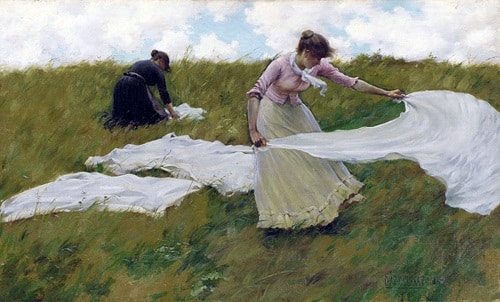
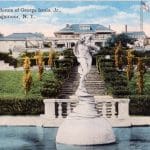
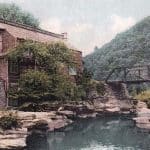

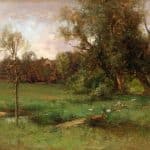
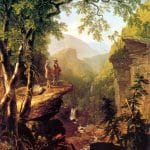




Related posts: